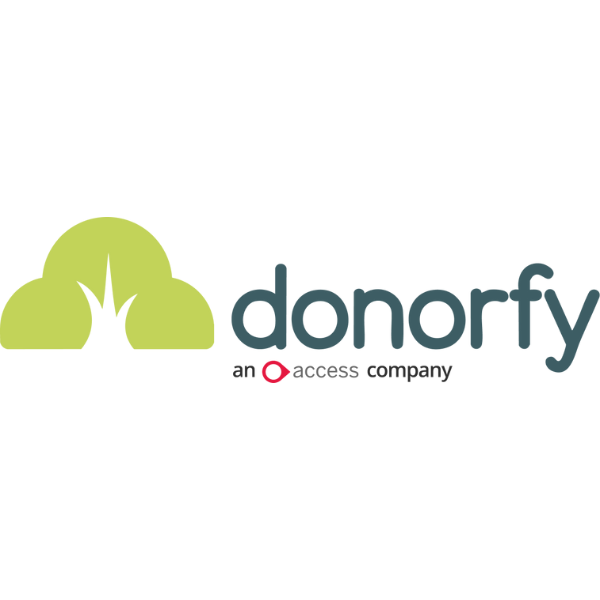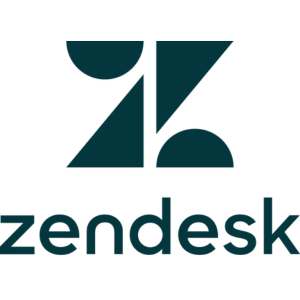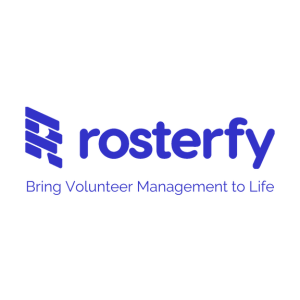Insights
INSIGHTS
All Topics
Seven ways to improve your cash management
02 Nov 2021by Ian Allsop
We offer a quick and easy guide to help your charity develop robust cash management practices
At a time when NPOs face ever greater pressure on their resources, with acute competition for funding, sustainability is a primary focus. Having robust cash management procedures in place, supported by digital technology, is vital for organisations seeking to rebuild and strengthen post-pandemic and beyond.
All income is vital in the operation of any charity. But further to that, there needs to be a recognition of the distinction between money raised to fulfil a charity’s mission and long-term goals, and cash needed to meet ongoing expenditure on a day-to-day basis.
Liquidity is a key factor for a successful charity and determines whether an organisation has enough cash to pay salaries, cover rents, and cover other costs involved in its management.
So, what do we mean by cash management? Put simply, cash management is the process of managing cash inflows and outflows and is an important component of sound organisational administration. Cash is the primary asset charities use to pay their obligations on a regular basis.
Charities may have a multitude of inflows and outflows that must be prudently controlled in order to meet payment obligations, plan for future payments, and maintain adequate financial stability.
This means planning and monitoring income and outgoings to meet short-, medium- and long-term aims. A charity’s operational or strategic plan should consider the policies and actions needed to do this. Careful cash management can also protect a charity’s funds from misuse.
Central to cash management is the cash flow statement. While this may often be transparently reported to stakeholders on a quarterly basis, for example, parts of it should usually be maintained and tracked internally daily.
The cash flow statement records all a business’s cash flows, including cash received from accounts receivable, and paid for accounts payable. The bottom line of the cash flow statement reports how much cash is readily available.
So, now you know what we mean by cash management, we want to explore seven ways to improve cash management and ensure financial stability for your charity.
-
Produce regular cash flow forecasts
While a regularly updated cash flow statement can provide timely oversight of a charity’s current liquidity, cash flow forecasting is important in terms of planning ahead. It is a way of estimating the flow of cash coming in and out of a business, across all areas, over a given period.
This can help establish future cash flow needs and the correct level of liquidity required, and will feed into policies around how long cash may be deposited and where.
-
Keep an eye on the banking environment
Investigate the benefits offered by a particular deposit account and consider the rates of interest on offer versus their counterparty risk. Charities should regularly review accounts to ensure they are getting competitive rates, rather than constantly seeking the highest rate.
Knowing what your future cashflow needs are likely to be through rigorous and accurate forecasting will help you determine which banks help you meet those requirements.
-
Develop and maintain a budget
A strong budget provides the bedrock of understanding an organisation’s finances and provides the basis for any mid-term cash flow forecast. This should involve identifying the amount of money you have coming in, tracking your spending, setting goals and strategy, and planning accordingly on what you can afford to do.
Maintaining a budget means making adjustments, if necessary, and constantly checking your current position. Accounting software that provides overall visibility across an organisation is central to this process.
-
Improve receivables
There are several things a company can do to improve receivables efficiency, ultimately leading to better operating cash flow. These include issuing invoices promptly, ensuring that all cash owed is collected quickly, minimising bad debts (to zero if possible), and asking for payment up front.
If operating with invoice billing, reduce the days payable or offer discounts for quick payments. Technology solutions such as automated billing and electronic payments can facilitate faster, more efficient, and easier cash inflows.
-
Manage payables
Review what you are paying and who to. Take full advantage of payment terms and communicate with suppliers to build trust and understanding. Again, technology can be a great help in making automated bill payments or direct payroll deposits to improve cost efficiency.
-
Build reserves
Ongoing monitoring of your reserves position and policy has always been crucial but has come into sharper focus for charities who may have dipped into the rainy-day pot to weather the storm of the pandemic.
Using cash flow forecasts to determine running costs can help determine what level of reserves are necessary as a buffer against any short-term fluctuations in income and costs from events such as COVID-19 or other unexpected contingencies.
-
Develop approaches to surviving shortfalls
There are several actions to consider here, all of which will help you survive shortfalls:
- Seek extended credit from suppliers and prioritise which suppliers get paid first
- Look at financing options: Can you get credit? What about factoring?
- Explore the possibility of the sale and lease back of assets
- Ask commissioners and customers to accelerate payment
- Consider emergency fundraising appeals from supporters and other stakeholders
While not seen as exciting, cash management need not be difficult, but it does require care. Sound management of a charity’s finances enable it to succeed in delivering charitable aims. And cash management is a huge part of this.
In part, it involves regularly reviewing cash management arrangements to ensure deposits are protected and that charges and rates of interest are competitive.
But beyond that there needs to be an overall focus on visibility and action as key principles in maintaining the required level of liquidity. Using software tools can assist, as well as enabling well-planned and executed actions to correct negative cash flows and survive potentially disastrous events.
A charity that effectively and efficiently manages its cash is far more likely to be sustainable – and futureproofed.
Find out more
Find more charity finance resources at the NPO Success Hub
Ian Allsop
More on this topic
Recommended Products
23 Apr 2025by Laura Stanley
What does customer experience mean for charities in 2025?Sponsored Article
Our Events
Charity Digital Academy
Our courses aim, in just three hours, to enhance soft skills and hard skills, boost your knowledge of finance and artificial intelligence, and supercharge your digital capabilities. Check out some of the incredible options by clicking here.















